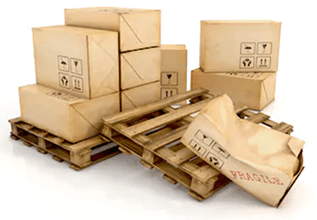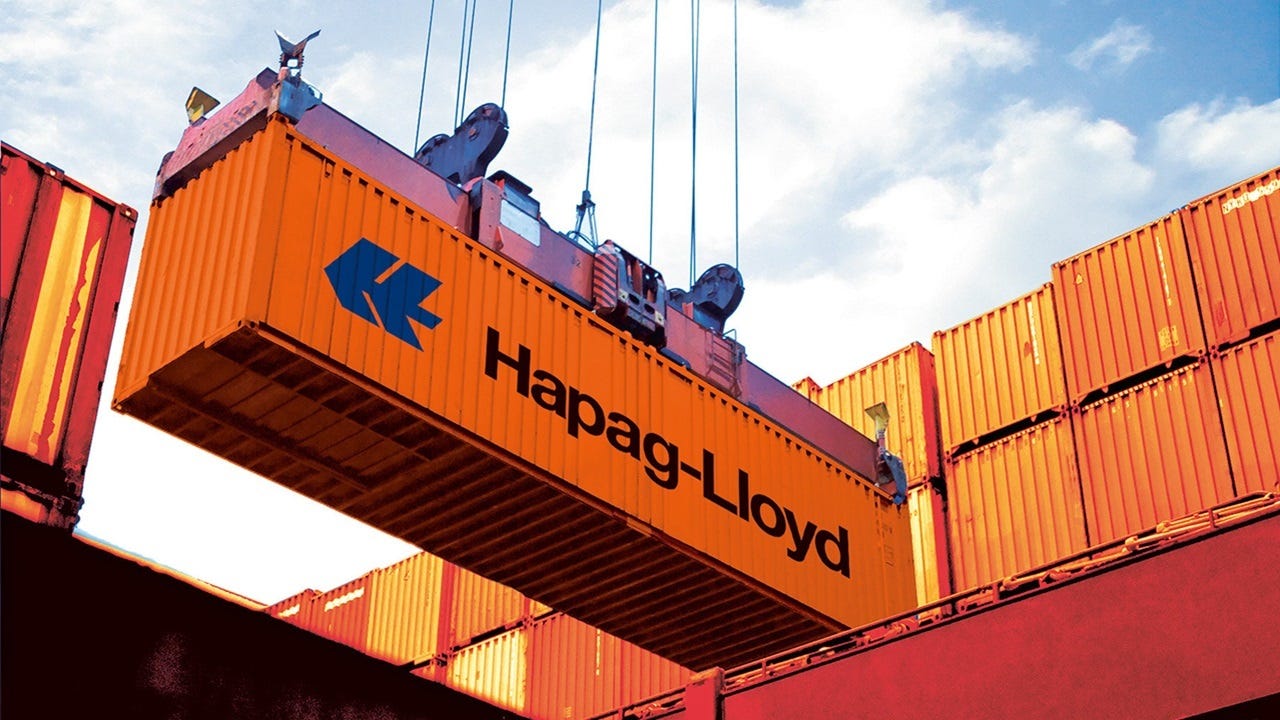4 TIPS TO REDUCE CARGO DAMAGE AND SAVE MONEY ON SHIPPING COSTS
Shipping damage is a massive threat to any products that travel on the supply chain.
4 tips to reduce cargo damage and save money on shipping costs
Shipping damage is a massive threat to any products that travel on the supply chain.

As per a Statista survey, eighty per cent of consumers say they’d return a product they received that was damaged in shipping.
The more your products get damaged in shipping, the more money your company loses and the effects of that loss can spread throughout your organization, causing both direct and indirect expenses and affecting sales.
But if you can reduce cargo and shipping damage, you can cut shipping costs. Other departments of your organization will also save money and function more efficiently, too. With the right packaging, strategy, and tools, you can cut shipping costs by as much as 60%.
Choose Packaging and Pallets Carefully
Everything from the packaging materials you use within boxes to the boxes themselves, pallets, wrap, and containers should be chosen based on the level of protection your cargo needs.
Use the right packing materials to fill in empty space inside boxes, so that contents don’t slide around and collide with other objects, or get squashed when packed onto a truck.
Choose padding material carefully airbags, bubble wrap, or protective foam moulds are ideal for delicate items, as are corrugated inserts.
Pallets should be structurally sound and unwarped, slightly larger than the footprint of your cargo, and made of the appropriate material — wood, metal, or plastic. Seal pallets with high-quality, water-resistant wrap, or choose one that protects against light as well as humidity.
Fill Containers Wisely
When it comes to filling containers and stacking pallets, empty space is the enemy. The more space items have to roll or shift around, whether in the box or on the pallet, the more likely they are to sustain damage.
Fill empty space in boxes with the right fill packaging, and use the right box size so that there isn’t too much space inside the box for the contents to shift around.
Stack pallets correctly, putting heavy goods on the bottom and stacking boxes in an overlapping brick pattern. Create cube-shaped shipping units rather than stacking smaller boxes on top to create a pyramid shape.
Do not double-stack pallets, especially if the items stacked at the top of some pallets are fragile.
The top of your shipping unit should be as flat as possible, and there should be no loose, individual boxes at the top of the pallet. Cargo should be strapped down to the pallet as well as being tightly wrapped in an appropriate wrapping.

Use Damage Indicators
Damage indicators can help you identify the points along the supply chain at which your cargo endures the greatest levels of stress from impacts and vibrations, so you can make choices that mitigate those factors.
For example, cargo shipped via air may experience extended periods of vibration you could use vibrating monitors to discover exactly how much vibration, and use that information to choose a different shipping method that wouldn’t subject the cargo to the same level of stress.
Start with shock testing to gather data about your normal shipping routes. You’ll see how much overall impact and vibration stress your shipments face en route, and you’ll be able to make changes to the specific parts of your supply chain that are causing the most damage.
You can also test different packaging materials and strategies, and get quantifiable data about how much better, or worse, different routes, shipping methods, and packaging are for the contents of your boxes and pallets.
You can substantially cut shipping costs when you know exactly where damage is occurring, and why.
Make Labels Clear
If you are shipping delicate or expensive items, make that clear on your packaging labels and on your bill of lading. Labels should be printed on durable paper and should contain information about how much weight can be placed on top of a package without damaging it.
This information will help handlers protect your shipping units from damage. Clear, durable labels will also ensure that your items get where they’re going intact and promptly.
Shipping damage can be a huge threat to revenues because damaged goods and merchandise usually can’t be sold.
But you can exercise more control over shipping and cargo damage than you might be aware as long as you have the right tools at your disposal.










